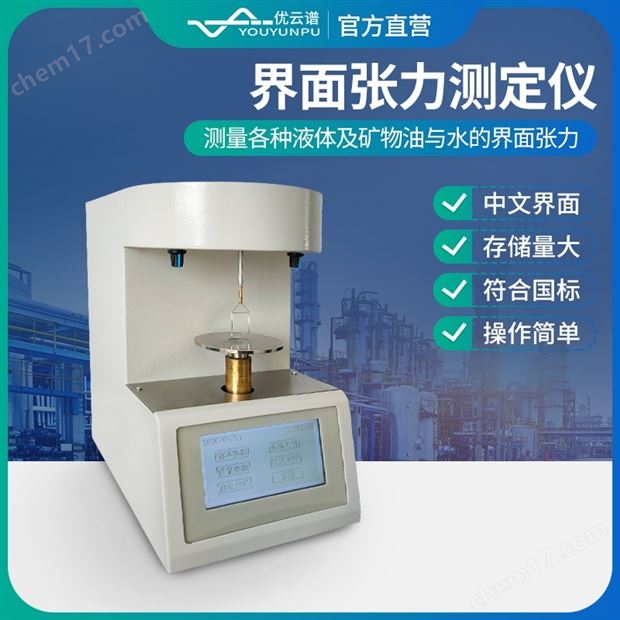Covalently closed microemulsions in presence of triblock terpolymers
Abstract:
This paper is focused on the influence of polystyrene (PS)–poly(1,4-butadiene) (PB)–poly(ethylene oxide) (PEO) triblock terpolymers on the w/o microemulsion of the pseudo-ternary system water/sodium dodecylsulfate (SDS)/xylene-pentanol. Despite the insolubility of the copolymer in
water as well as in the xylene–pentanol mixture, it can be incorporated into the w/o microemulsion and interactions between the triblock terpolymer molecules and the anionic surfactant headgroups can be detected by differential scanning calorimetry (DSC) measurements. Furthermore, dynamic
light scattering measurements were used to determine the aggregate diameter of the modified microemulsions. For lower polymer concentrations large aggregates between 100 and 500 nm can be observed. Surprisingly, at a higher terpolymer concentration of 5 wt%, significant smaller
aggregate diameters can be identified by dynamic light scattering and Cryo-SEM. One can conclude that the copolymers are incorporated in the inverse microemulsion droplets, where the PB blocks cover the water droplets. The thermally induced radical cross-linking of the butadiene units in the presence of azobisisobutyronitrile (AIBN) leads then to covalently closed nanocapsules with an average size of 10 nm.
Keywords:Triblock terpolymer; Microemulsion; Nanocapsules
免責聲明
- 凡本網注明“來源:化工儀器網”的所有作品,均為浙江興旺寶明通網絡有限公司-化工儀器網合法擁有版權或有權使用的作品,未經本網授權不得轉載、摘編或利用其它方式使用上述作品。已經本網授權使用作品的,應在授權范圍內使用,并注明“來源:化工儀器網”。違反上述聲明者,本網將追究其相關法律責任。
- 本網轉載并注明自其他來源(非化工儀器網)的作品,目的在于傳遞更多信息,并不代表本網贊同其觀點和對其真實性負責,不承擔此類作品侵權行為的直接責任及連帶責任。其他媒體、網站或個人從本網轉載時,必須保留本網注明的作品第一來源,并自負版權等法律責任。
- 如涉及作品內容、版權等問題,請在作品發表之日起一周內與本網聯系,否則視為放棄相關權利。
 手機版
手機版 化工儀器網手機版
化工儀器網手機版
 化工儀器網小程序
化工儀器網小程序
 官方微信
官方微信 公眾號:chem17
公眾號:chem17
 掃碼關注視頻號
掃碼關注視頻號




















 采購中心
采購中心